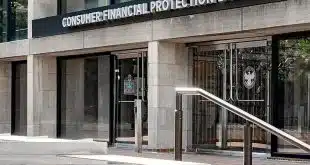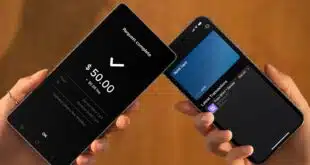PayPal Inc. is dropping any pretense of not pursuing point-of-sale payments directly. The eBay Inc. subsidiary now promises that it has new services coming for paying at physical locations using smart phones.
Third-party software developers for several years have been designing various apps that have blurred the line between traditional POS and online payments. PayPal, which first offered mobile payments in 2006, contributed to this major shift two years ago when it opened its network to outside developers. But PayPal repeatedly has said that the company itself had no direct designs on physical storefronts.
That stance has shifted in a number of ways in recent months, including deals with Bling Nation Inc. and VeriFone Systems Inc. that brought PayPal closer to POS payments. It seemed to have changed even more with a May 11 post on The PayPal Blog by Sam Shrauger, vice president of Global Product and Experience. “We plan to be at retail point of sale by the end of this year,” Shrauger wrote in a piece entitled, “PayPal Leads, Others Follow.” The post was PayPal’s take on Visa Inc.’s announcement that it was developing a digital wallet.
PayPal hasn’t yet disclosed its specific plans for what it calls “proximity payments,” but the company’s top mobile executive indicates the shift to the point of sale is a result of fast-changing market conditions.
“We’re an online company,” Laura Chambers, senior director of PayPal Mobile, said in a Friday interview with Digital Transactions News at the Federal Reserve Bank of Chicago’s 2011 Payments Conference. “The thing that changed—all of a sudden mobile is at the point of sale. The Internet comes with you to the point of sale through mobile.”
Everyone from PayPal third-party app developers, specialty software companies, and independent sales organizations to startups like Square Inc. and established players such as Intuit Inc. with its GoPayment and VeriFone with PAYware Mobile are now offering services that enable merchants to accept credit and debit cards using smart phones. “We’re already getting pulled there in different ways,” Chambers says.
PayPal expects to do more than $2 billion in mobile payments this year, more than double 2010’s volume of $750 million, and predicts volume will hit $7.5 billion in 2013. Chambers wouldn’t give details, but says PayPal has “a bunch of stuff” coming to meet and beat the competition. “We’re really glad that we’re in a leadership position,” she says.
As mobile payments rapidly evolve, PayPal is not hitching its star on any one technology. The hot topic of 2011 is near-field communication (NFC), which enables smart phones with special chips to communicate with NFC-equipped payment terminals. None of PayPal’s mobile volume is NFC-based, according to Chambers. “We’re working with all technologies,” she says. “It would be crazy for us to go off on one technology right now.”
In addition to NFC, technologies she cited as potentially supporting mobile payments include bar codes, including so-called QR (Quick Response) two-dimensional codes, systems based on telephone numbers or e-mail addresses, and “bumping,” in which two smart phones with the proper software exchange data when they touch. “We really are very open to all this stuff,” says Chambers.
Square, headed by Twitter co-founder Jack Dorsey, raised the competitive bar in mobile payments Monday by introducing “Card Case,” a feature within Square’s app that the company says enables customers to buy items from their favorite merchants without having to swipe their credit cards. Users simply open a table on their mobile devices, say their name during checkout, and are sent a text-message receipt. Square also introduced Square Register aimed at streamlining payments using smart phones.





